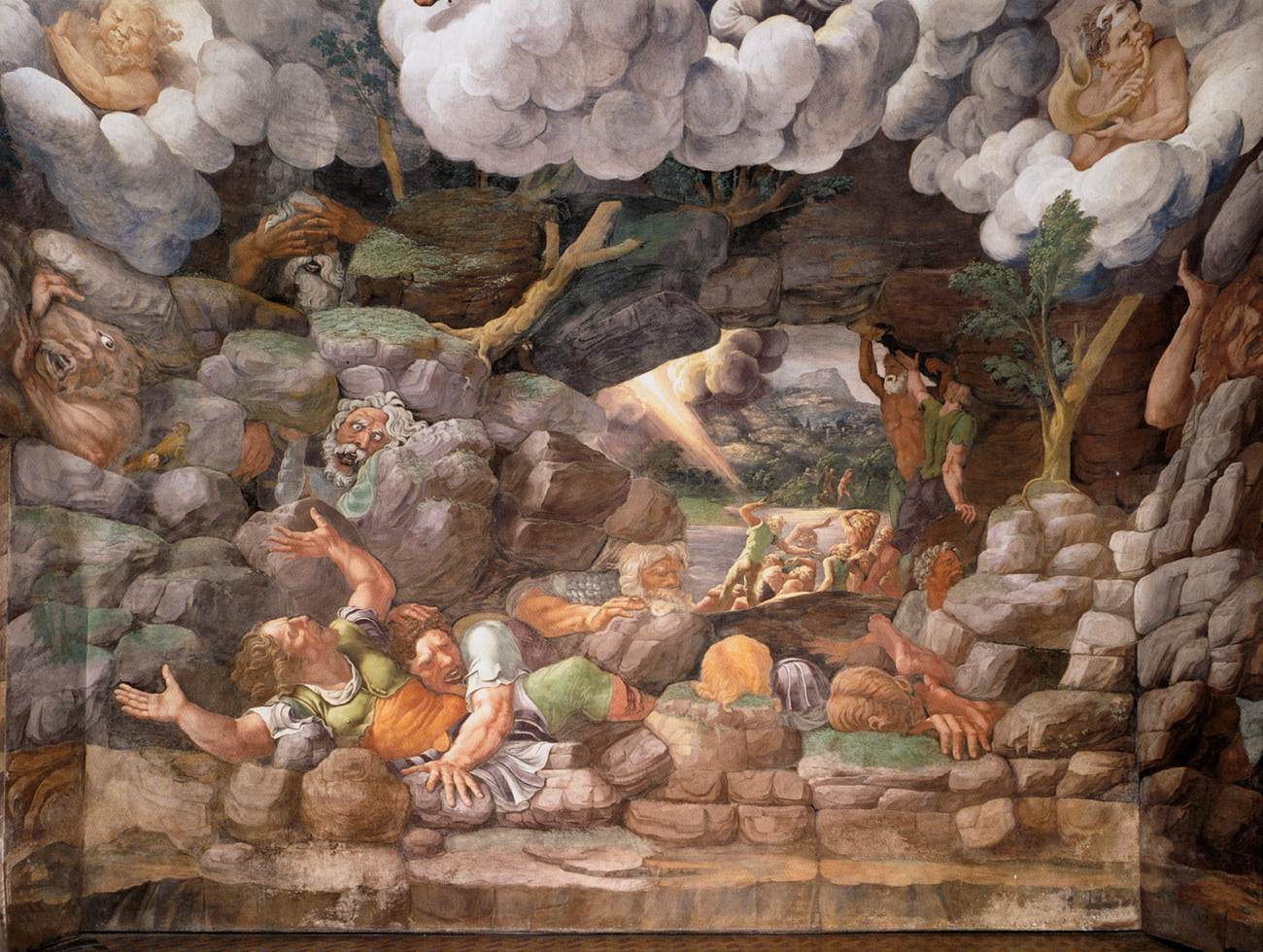
Al fresco en al secco Italië Uitgelicht
AL SECCO (It. 'dry'), fresco secco (It. 'dry fresco') Painting which, unlike true FRESCO, is carried out on plaster which has already dried. It can be done in TEMPERA, or with PIGMENTS in a MEDIUM of lime-water. In the latter case, the surface is dampened before applying the paint. The results are less durable than true fresco.
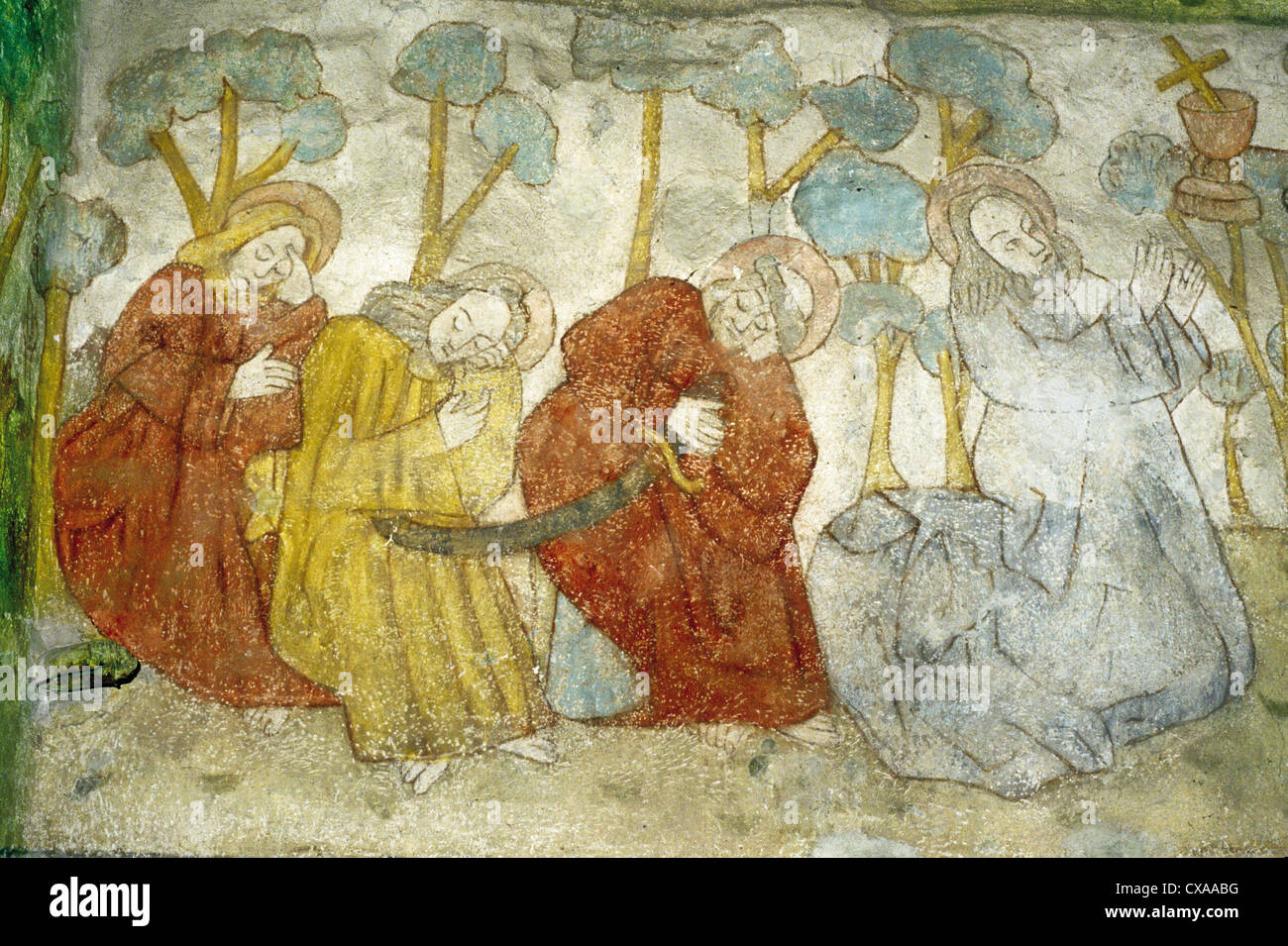
Alsecco mural (ca 1510) inside the medieval Church of St. Lawrence in
Fresco-secco (or a secco or fresco finto) is a wall painting technique where pigments mixed with an organic binder and/or lime are applied onto dry plaster. [1] The paints used can e.g. be casein paint, tempera, oil paint, silicate mineral paint.
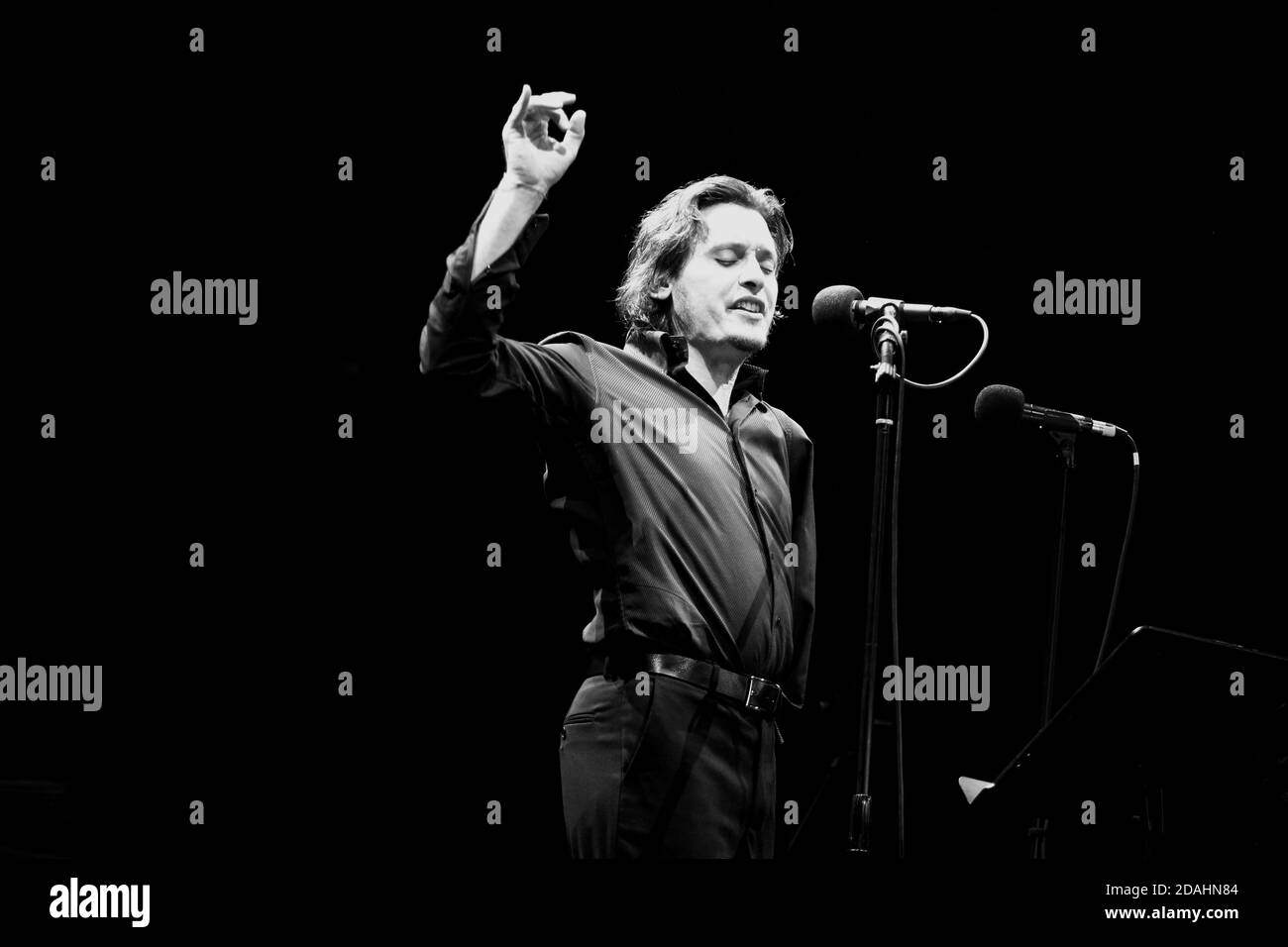
Al Secco High Resolution Stock Photography and Images Alamy
Conrad Schmitt was a leader in the early twentieth century revival of the ancient al secco fresco type of mural painting. Accordingly, the early Studio created many murals in al secco fresco. The technique calls for painting onto specially prepared dry plaster rather than onto the wet plaster of buon secco. Today, many types of painted murals.

Al secco paintings of Lohja church depicting Good...
Augusto Giacometti (1877-1947) won the competition with ease. His design in warm red and ochre tones was executed between 1923 and 1925 using the al fresco and al secco techniques. The ceiling and vault paintings comprise ornamental floral designs and geometric patterns. The walls, meanwhile, depict people at work: stone carvers and.

isola dei conigli al secco lago di Garda...basso2007 esta… Flickr
Al secco is commonly associated with Italian Renaissance painting. It is a technique that was used by many famous artists, including Michelangelo and Raphael. The technique allows artists to create intricate designs and details on dry plaster surfaces. Synonyms. Some synonyms for al secco include dry fresco, fresco secco, and tempera. Antonyms

al secco Store norske leksikon
The institutionalisation of the Italian terms al fresco and al secco to characterise respectively wet and dry plaster painting has provoked various misinterpretations (Winfield, 1968). The term al fresco indicates the technique of painting on damp plaster where a limited number of pigments (chiefly earthy) is mixed simply with water or lime water.
Teknik Membuat Lukisan Al Fresco / Lukisan al secco teknik yang
Al secco -målning, eller seccoteknik, är muralmålning utförd på kalkputs som först har fått härda, eller torka. Termen al secco kommer från italienskan och direktöversätts till "på det torra". [ 1] Kallas även a secco . Dess motsats är al fresco, eller freskoteknik, där underlaget är en färsk och fortfarande fuktig puts.

Teknik Membuat Lukisan Al Fresco / Lukisan al secco teknik yang
Secco Fresco Painting Techniques. Fresco secco techniques completely eradicate the time pressure of working with buon fresco methods. The canvas for secco frescos is a dried plaster wall and the paint contains the color pigment and a binder such as tempera egg yolk, oil, or glue.
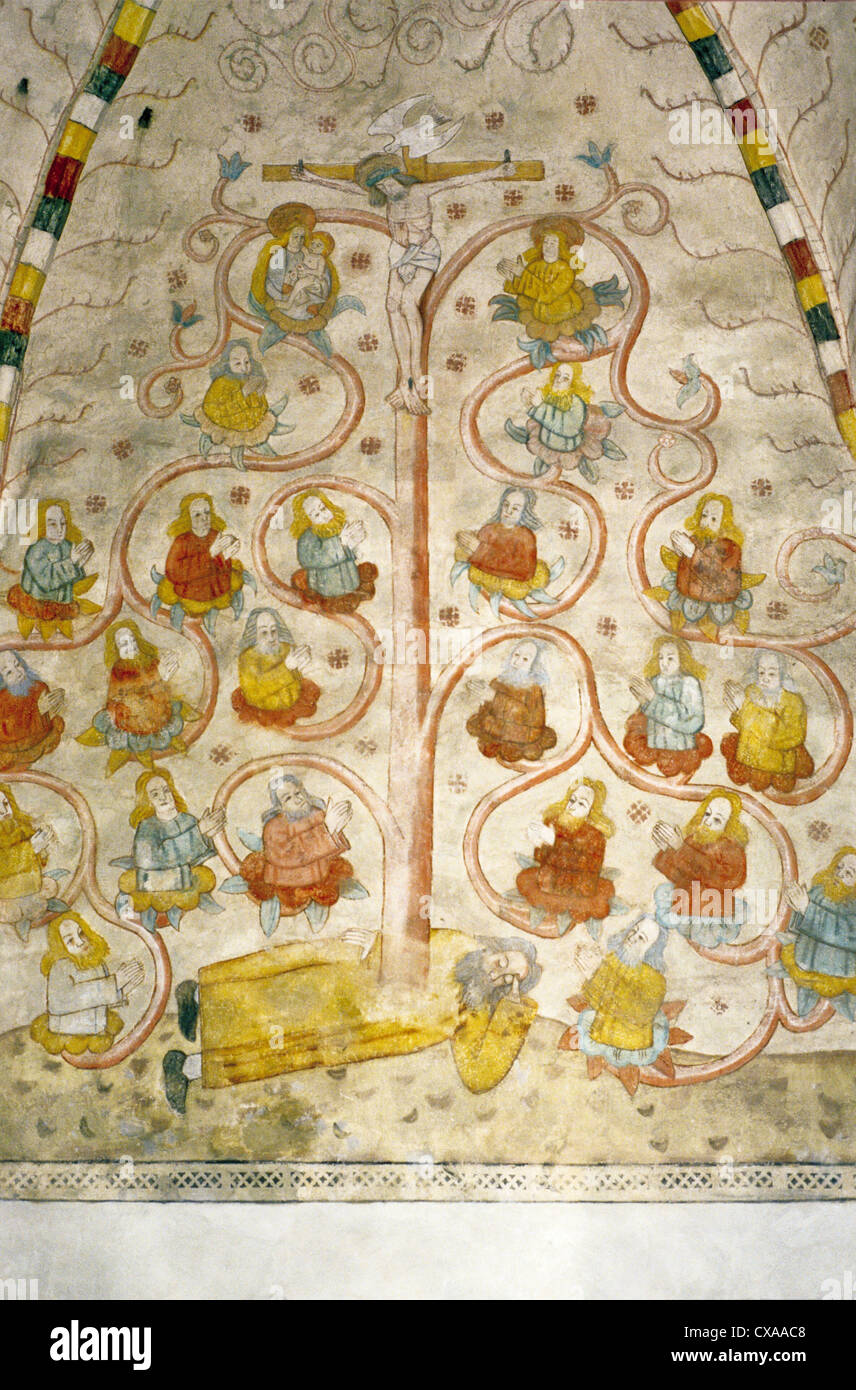
Al secco fotografías e imágenes de alta resolución Alamy
Fresco secco ("dry fresco") is a process that dispenses with the complex preparation of the wall with wet plaster. Instead, dry, finished walls are soaked with limewater and painted while wet. The colours do not penetrate into the plaster but form a surface film, like any other paint. Secco is useful for detailed painting and for retouching.
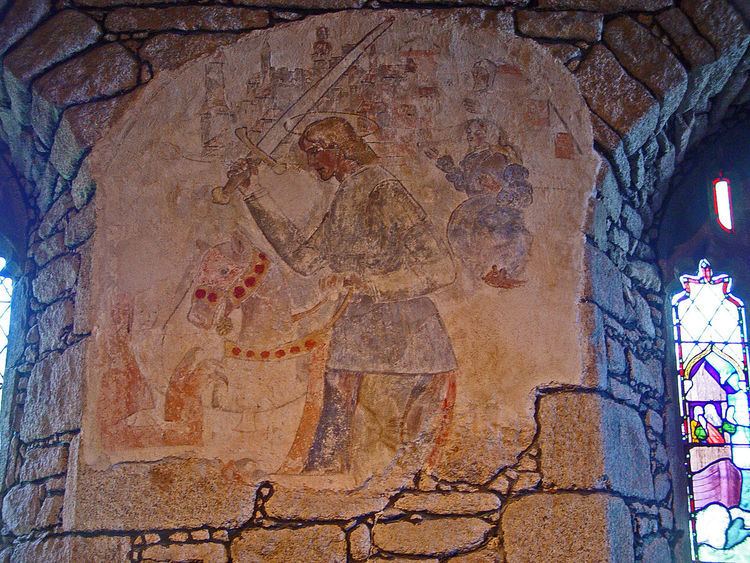
Fresco secco Alchetron, The Free Social Encyclopedia
the English school. Romanesque Painting (c.1000-1200) Contents • Characteristics • Chronology • Romanesque Painting Techniques • Italy • France • Spain • England • Germany and Austria • Hungary and Czechoslovakia • Denmark and Sweden Scenes from the life of David from The Winchester Bible (1160-75). Winchester Cathedral Library.

Al secco fotografías e imágenes de alta resolución Alamy
One of the earliest archeological examples of both civilization and plaster is Çatalhöyük (ca. 7500 BC), located in present day Turkey. A densely populated town, Çatalhöyük's dwellings had mud brick walls and floors coated with a locally available clay marl that made a suitable plaster.

Al Secco Adalah Ujian
Al secco (italijansko 'na suho') ali fresco-secco ali a secco ali freska finto je tehnika slikanja na steno, kjer se pigmenti, pomešani z organskim vezivom in / ali apnom, nanesejo na suh omet. Uporabljene barve so lahko npr. kazeinska barva, tempera, oljna barva, silikatna mineralna barva. Glede na različno vezivo ločimo imena tehnik.

OLLE NYMAN, al secco, signerad. Bukowskis
1400s 1500s 15th century 16th century al al-secco angels antiquities antiquity architecture art artifacts arts building buildings built built structure ceiling christian christianity church churches creature creatures cultural culture deities deity demon destinations devil devils europe evil faded fenno-scandinavia fennoscandia figures finland.
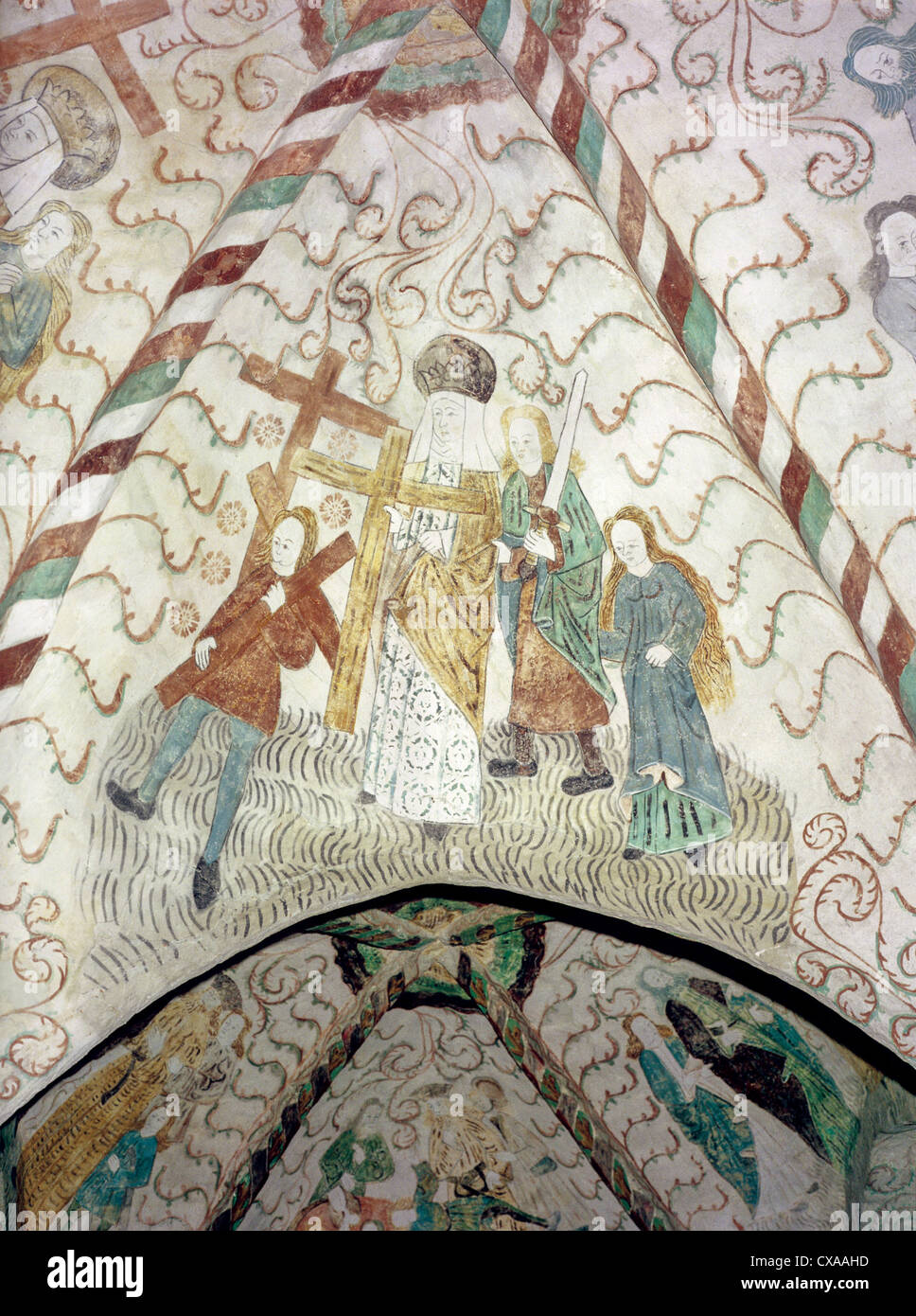
Al secco fotografías e imágenes de alta resolución Alamy
Tove Jansson's al secco mural, Lintu Sininen, was completed in 1953 in the large dining room of the Karjaa co-educational school.. The mural is 190 cm high and 360 cm wide and covers most of the back wall of the dining room and is made with a secco technique directly on the wall. Jansson has used closer to forty shades of color when.
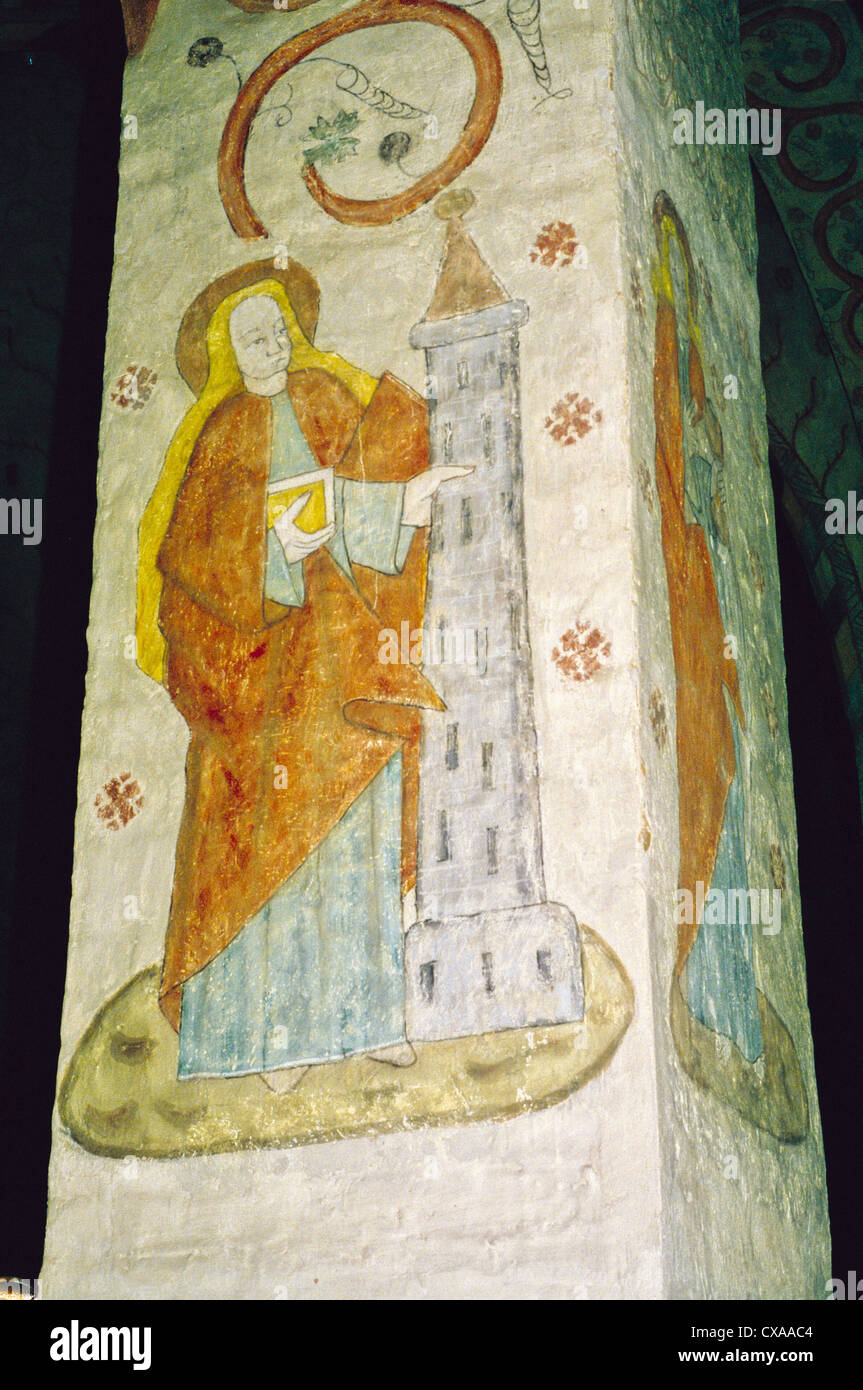
Alsecco mural (ca 1510) inside the medieval Church of St. Lawrence in
Aedicula from the synagogue, 3rd century C.E., Dura-Europos, Syria. Photographed 1932-33 (Yale University Art Gallery) The final phase of the synagogue, which was completed in the 240s, is its best understood. The synagogue was primarily composed of an assembly hall and a forecourt (with entry through the adjacent building).

Contoh Lukisan Al Secco
A contemporary of Leonardo's wrote that as one entered the refectory the first thing that attracts the viewer's attention is this welcoming hand of Jesus. Andy Warhol (1928-1987), American. The Last Supper (Dove), 1986. Synthetic polymer paint on canvas, 302.9 × 668.7 cm (9 ft 11¼ in × 21 ft 11¼ in). Gift of the Andy Warhol Foundation.